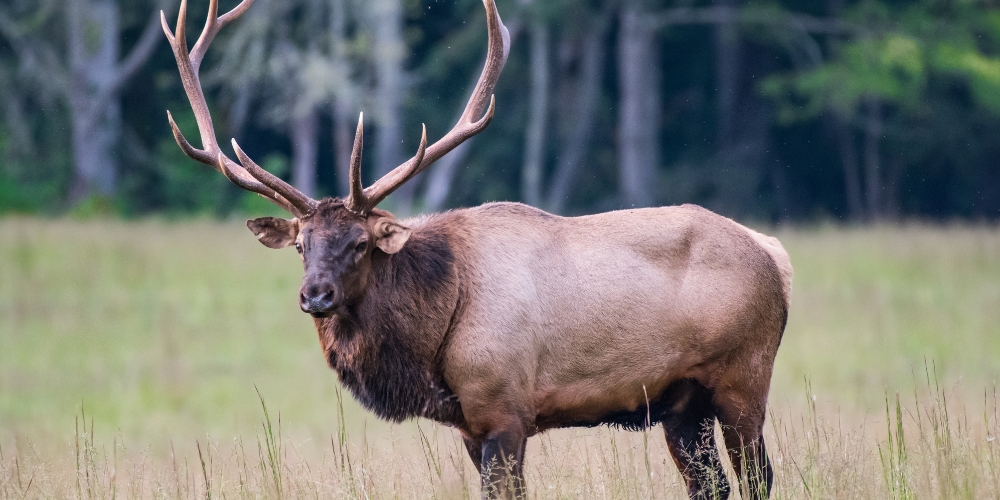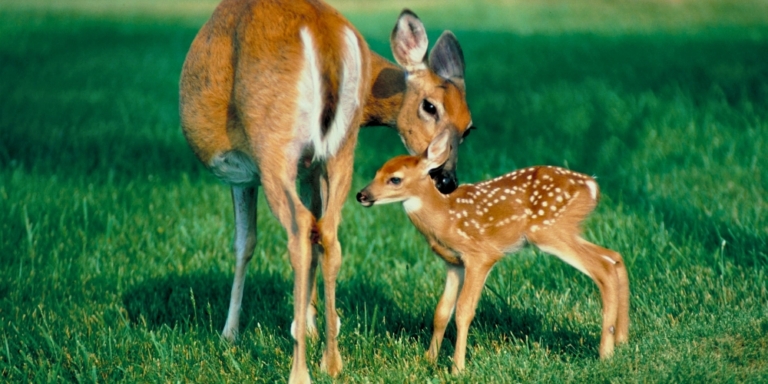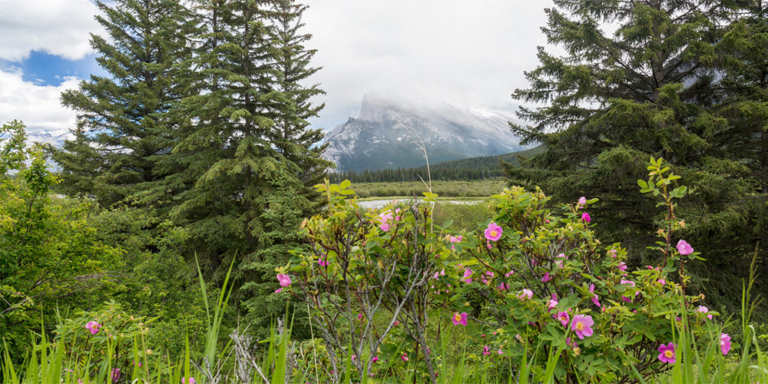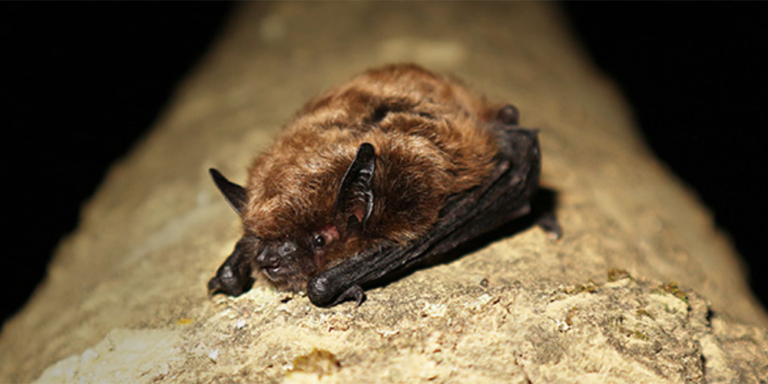Elk are a symbol of power, dignity, strength, and passion. During this year’s elk rutting season, which runs from late August until at least mid-October, there’s an emphasis on passion.
Rutting season is the term used to describe the mating period for certain mammals, including deer, elk, and moose. The male elk, or bull, can become quite aggressive during ‘the rut.’
Bulls don’t just throw on a nice shirt and comb their hair to get ready for the rut. They undergo quite a ritual, which might account for their aggressiveness.
During a rut, a bull gathers female elk, also called cows, into small groups called harems.
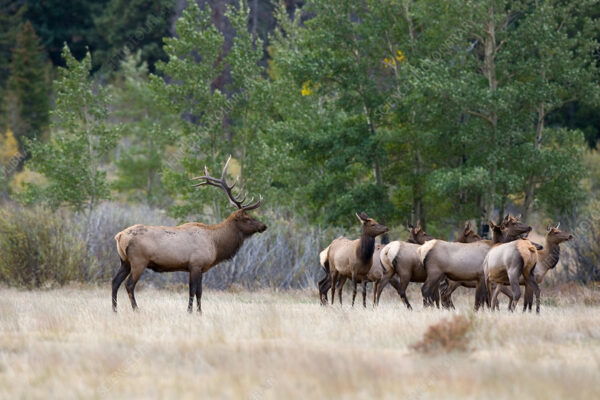

Bulls roll around in mud or urine to make themselves attractive for a hot date with cows. This acts as a sort of “perfume” that attracts the attention of cows.
In addition to the pungent scent, mud helps a bull stay cool and makes him look threatening to other bulls. Bulls also rub their antlers against trees, shrubs, and the ground to remove their velvet and to intimidate other bulls.
Velvet refers to the “hairy” velvet-like skin that covers an elk’s antlers throughout late spring and summer. Velvet helps elk develop healthy and strong antlers by supplying blood and oxygen to the developing bone underneath.
A bull’s antlers start growing in early April and are typically fully grown by August. When bulls shed their velvet, it is a bloody sight to behold. Often, people think the elk is injured, but blood-covered antlers are part of the process as the blood vessels that once supplied oxygen to the growing antlers burst.
This shedding creates the appearance of red rags peeling off a bull’s antlers. But underneath all the discarded velvet is a pair of shiny antlers ready for battle.
Rubbing their antlers on trees also leaves a bull’s scent, which attracts cows and intimidates other bulls. To really sell himself, a bull will bugle to advertise his fitness to cows and show off to other bulls.
A bull’s bugle is one of the species most defining features. The bugle is a loud multi-tone call that usually begins with a low growl and progresses to a high-pitched scream.
If you hear an otherworldly scream in the woods, that’s probably a bull’s bugle. Some people think that the legend of Sasquatch began with people mistaking elk bull’s bugles.
While it may send a shiver down your spine, cows listen to the bugle to determine a bull’s size.
For example, older and larger bulls usually bugle louder than younger bulls. But this is not always the case; some young bulls can belt out impressive bugles.
Bulls are especially aggressive when guarding their harems from other bulls. Bulls also bugle to announce or accept a challenge from a competing male.
Before two bulls fight, they bugle and drag their antlers across the ground. The bulls fight by locking antlers and shoving each other, often resulting in injury. Watching two males spar is more impressive than the best MMA match you’ve ever seen.
Parks Canada Issues Special Advisory
Last week, Parks Canada issued a special advisory warning residents and visitors in Banff and Jasper National Parks that elk rutting season has begun. Bow Valley WildSmart program director Nick de Ruyter says rutting season can be dangerous.
“During the elk rut, the male elk will defend the females aggressively and potentially attack anyone or anything that gets too close,” de Ruyter told the Rocky Mountain Outlook.
So far, no aggressive elk incidents have been reported, but a male elk has been spotted around Canmore, including the busy Benchlands Trail.
Wild elk aren’t anything like the cuddly animals in Disney movies. If you spot an elk, give it at least 30 metres of space, about the same length as three buses.
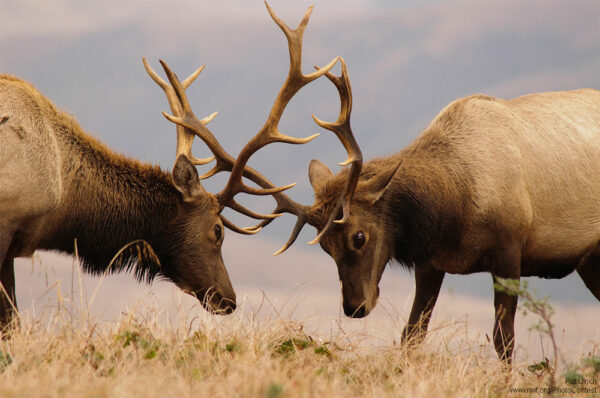

“There should be no reason whatsoever why people should be approaching elk, whether it’s to take a picture or to try and sneak past them, which is not a good idea…Find another way around them, because you just never know how they might react,” explained de Ruyter.
Wild animals and dogs don’t mix, so always keep yours on a leash. An unleashed dog could seriously piss off an aggressive elk.
“Elk are big animals, and they’ve got sharp hooves, sharp antlers, and they could easily trample an off-leash dog and kill it,” said de Ruyter.
If somehow you end up close to elk, act dominant by raising your arms or any large object to make yourself appear larger. Always maintain eye contact and never turn your back or run.
If you can, back away slowly from the elk and leave the area. You can also climb a tree or large rock to create distance between you and the elk.
If you are knocked down or fall, try to get up and move to cover.
If you have something like an umbrella or stick, use that to defend yourself, but never play dead. Use bear spray if all else fails and you fear for your life.
But our best advice is to stay far back and enjoy the show from a safe distance.

